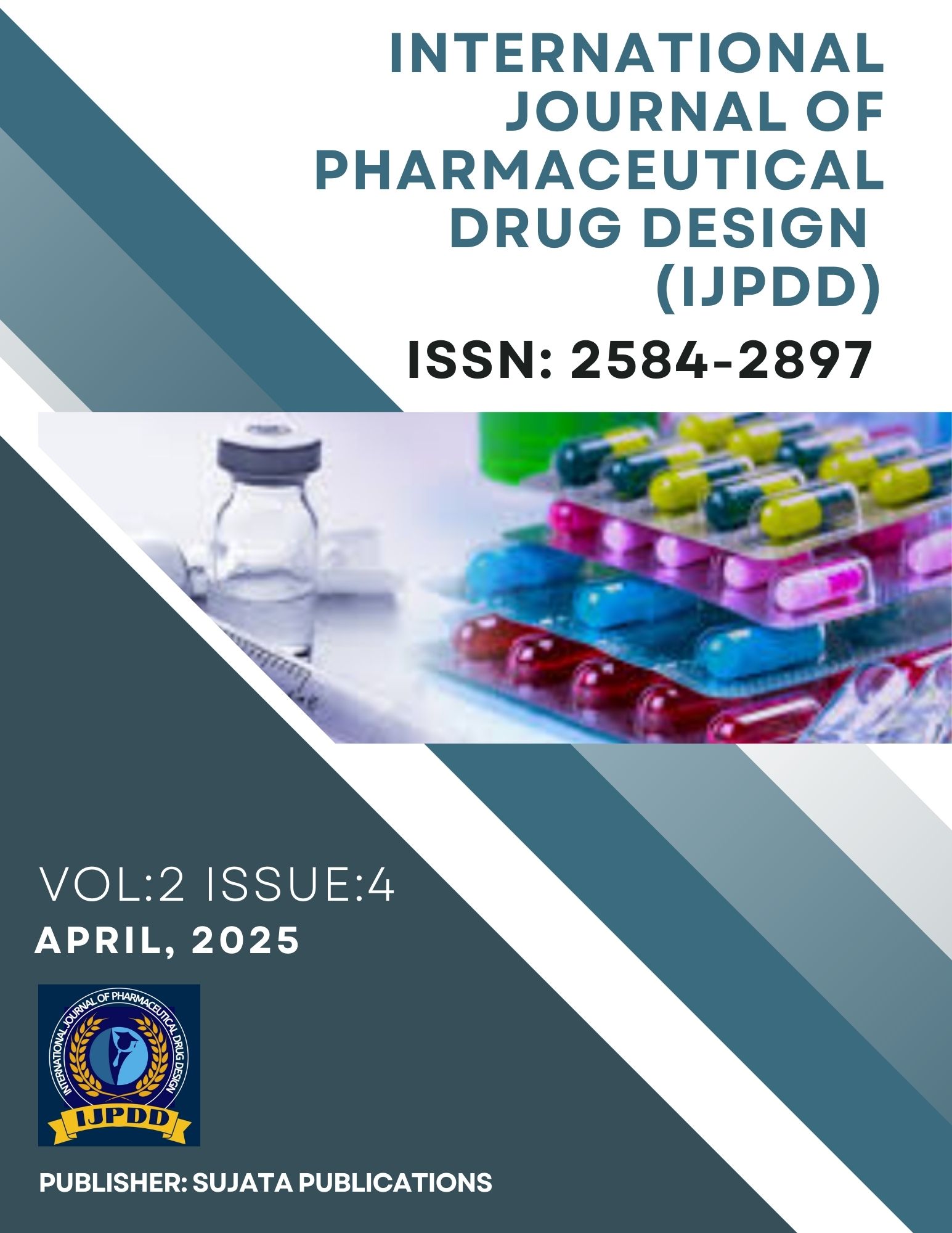Solvent-Dependent Extraction and comparative Antioxidant Profiling of Drynaria quercifolia and Curcuma aeruginosa rhizomes using Multivariate Statistical Approach
DOI:
https://doi.org/10.62896/ijpdd.2.4.11Keywords:
Drynaria quercifolia, Curcuma aeruginosa, Antioxidant assays, Phyto-chemical screening, Multivariate analysis.Abstract
Oxidative stress is the major factor responsible for chronic diseases, which creates a need for safety and effective natural antioxidants. The study investigates the phytochemical composition and antioxidant activities of Drynaria quercifolia and Curcuma aeruginosa rhizomes extracts using different solvents of increasing order of polarity which include Petroleum ether, Ethyl acetate, Acetone, Ethanol and Water. Preliminary phytochemical screening revealed the presence of bioactive compounds such as tannins, phenols, glycosides, steroids and flavonoids. The Ethanol extracts shows the broadest spectrum of secondary metabolites in both species. Antioxidant potential was evaluated through five standard in vitro assays such as DPPH, ABTS, FRAP, Superoxide radical scavenging and Phosphomolybdenum assays. Ethanol and aqueous extracts exhibited the highest antioxidant activity across assays, especially in Curcuma aeruginosa, which showed superior performance in FRAP (263.76 µmol/g) and Phosphomolybdenum (46.08 mg AAE/g) in contrast with Drynaria quercifolia where ethanol extracts showed higher performance in ABTS (64840.00 µmol/g). Multivariate statistical tools, including Principal Component Analysis (PCA), Hierarchical Clustering Analysis (HCA) and KMeans clustering, were applied to discern patterns and extract potency groupings. MANOVA revealed a statistically significant difference in antioxidant profiles between species (Wilks’ λ = 0.0374, p = 0.0079). KMeans clustering further distinguished high-potency in the solvents such as ethanol and aqueous from low-potency non-polar extracts. These findings indicates that the polarity-dependent extractability of antioxidant compounds and support the potential of C. aeruginosa and D. quercifolia as a significant source of multifunctional antioxidants.
Downloads
Published
Issue
Section
License
Copyright (c) 2025 Sujata Publications

This work is licensed under a Creative Commons Attribution-NonCommercial 4.0 International License.
















